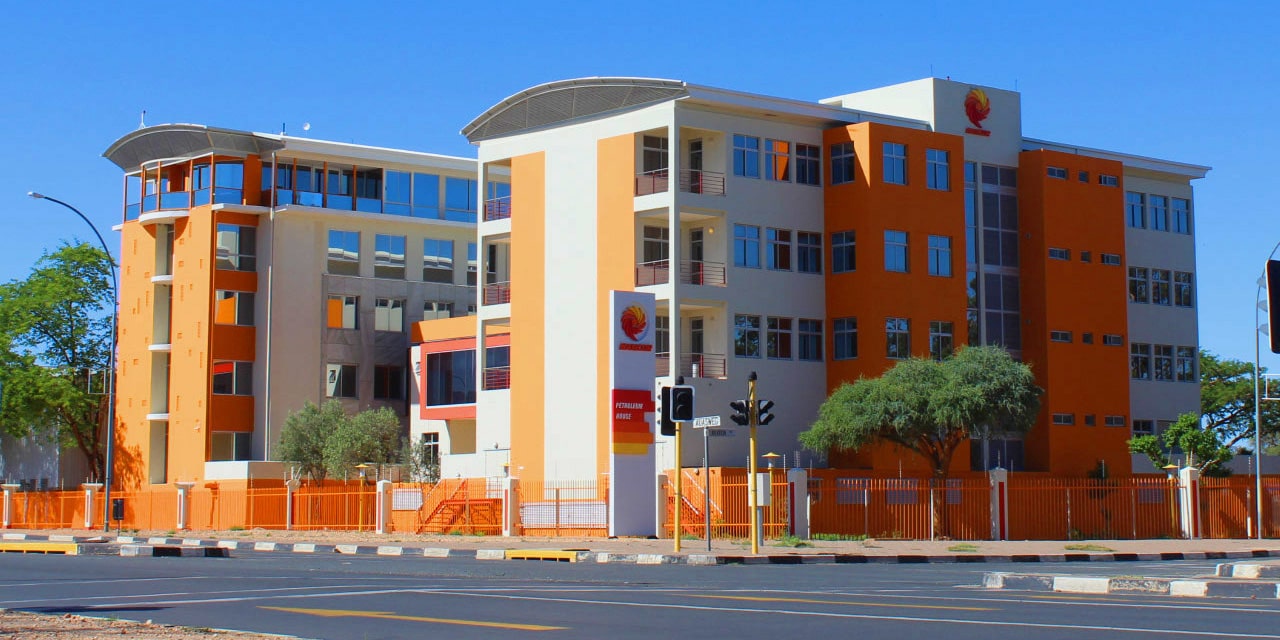Niël Terblanché
Namibia’s livestock sector, a cornerstone of the country’s agricultural economy, faces a significant divide due to the Veterinary Cordon Fence (VCF), often referred to as the Redline.
The original purpose of this fence, which dates back to the German colonial period in 1896, was to stop the spread of infectious diseases like rinderpest and foot-and-mouth disease.
Spanning approximately 1,250 kilometres from the Atlantic Ocean to Botswana, the VCF separates northern Namibia from its central and southern parts.
The Parliamentary Standing Committee on Economics and Public Administration, during a fact-finding mission to communal farming areas in the country’s northern regions, established that Namibia is home to approximately 2.5 million cattle, with 1.2 million located in the communal farming areas north of the veterinary line and 1.3 million to the south of it.
The VCF plays a crucial role in maintaining Namibia’s reputation for high-quality beef exports, which are vital to the economy.
According to information provided by the Meat Corporation of Namibia (Meatco), agricultural exports contribute billions of dollars to the Namibian economy, with most of that revenue coming from beef exports alone.
This stringent disease control measure has enabled Namibia to export meat to markets in the European Union, the United States, the United Kingdom, and other countries.
However, the VCF has also been a source of contention. It restricts the movement of livestock from the communal farming areas to lucrative international markets, effectively limiting the economic opportunities for communal farmers in the north.
The parliamentary committee found that these farmers face numerous challenges, including non-functional quarantine facilities, a lack of feedlots, and low livestock prices. The committee highlighted these issues during its oversight visit to communal farming areas while the National Assembly is still in recess.
They discovered that quarantine facilities designed to assist farmers in the Kunene Region have been severely vandalised, further hampering the farmers’ ability to market their livestock.
In response to these challenges, the Ministry of Agriculture, Water, and Land Reform announced on its social media platforms that it has launched an infrastructure development programme to construct and upgrade abattoirs and meat processing plants in key locations such as Katima Mulilo, Rundu, Oshakati, Eenhana, and Outapi.
The ministry said that plans are underway to appoint a contractor to upgrade the Opuwo abattoir and Omutambo Maowe quarantine farm, which serve livestock farmers in the Kunene, Omusati, and Oshana regions.
The debate over the VCF’s future is ongoing.
The debate recently intensified when activist Job Amupanda filed a High Court case in which he intends to challenge the government and various other agricultural institutions on the validity of the VCF’s existence.
Amupanda, amongst others, is advocating for moving the Redline to the Angolan border to unite Namibia and provide equal economic opportunities for all farmers.
However, this proposal raises concerns about the potential spread of diseases to currently uninfected areas and the impact on meat prices.
The government and industry stakeholders are working to find a balanced solution that addresses these issues while ensuring the sustainability of Namibia’s meat industry.




